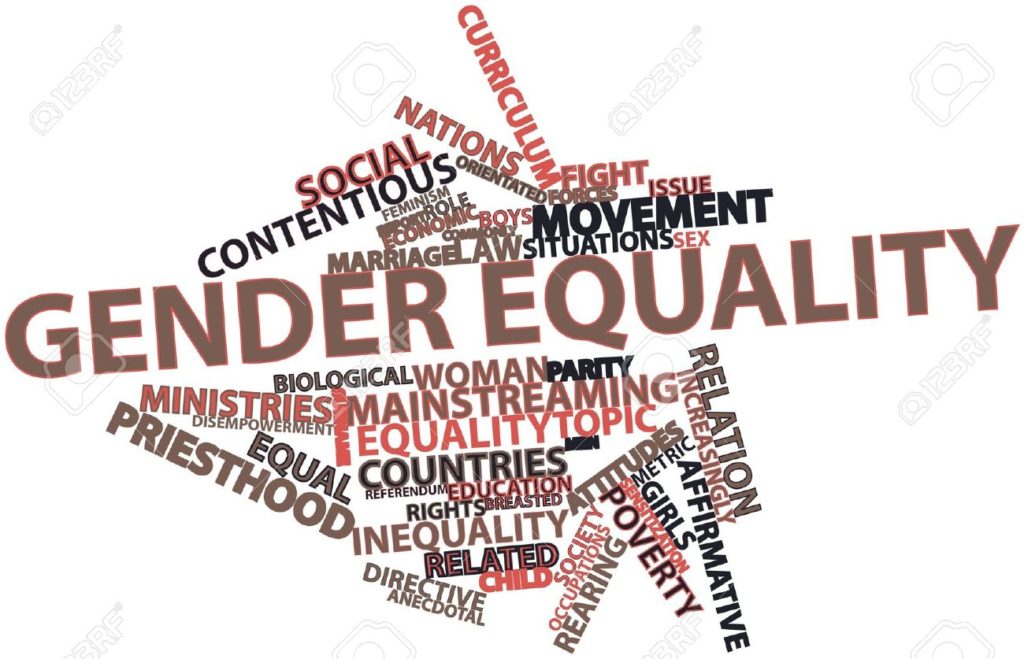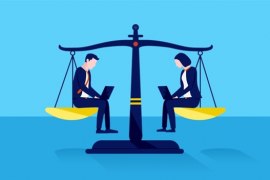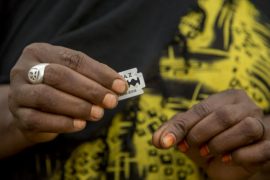According to a recent report from the World Economic Forum (WEF), many countries in the world have successfully eliminated the huge gender gaps. But while the scope of gender inequality has narrowed in some countries, other countries still have situations where women severely trail men in economic participation, educational attainment, political empowerment, and even basic health outcomes.
The WEF’s 2014 Global Gender Gap Report measured disparities between men and women in 142 countries. In the worst-scoring nations, economic and educational opportunities, as well as political representation and health outcomes, were far worse for women than for men. Yemen, the worst country, has been the lowest ranked nation in the report since 2006, when the WEF began measuring gender inequality. Based on the WEF report, 24/7 Wall St. reviewed the 10 worst countries for women.
Worst cases of gender inequality consistently failed to give the female residents the same access to educational opportunities that they gave to the male residents. In many of these nations, disparities were clear as early on as primary school. For example, in Chad, just 55% of school-aged girls were enrolled in primary school, among the worst rates in the world and far worse still than the 71% for boys. Côte d’Ivoire, Pakistan, and Yemen also had large disparities in enrollment.
Beyond just enrollment, literacy, perhaps the most critical educational outcome, can differ widely by gender in many of these nations. In Mali, for instance, just 25% of women were considered literate, versus 43% of men. Similarly, Chad had female and male literacy rates of 28% and 47%. The low rates of female literacy in these nations are not just problematic for gender equality, but also for a country’s development, given the critical role the ability to read and write well plays in fostering a skilled workforce.
Women in countries with extreme gender inequality do not hold office to the same degree that men do. In each of the 10 worst countries for women, men accounted for at least 80% of ministerial positions. Similarly, women accounted for more than 20% of parliamentary positions in only one of these nations, Pakistan.

The opportunities for economic participation also differed widely between men and women in the world’s worst-ranked countries. In fact, in many of these nations, men are at least three times as likely to participate in the labor force as women. Syria is the most extreme example of this, with 76% of men in the labor force versus just 14% of all women.
Furthermore, working women in these countries frequently earned far less than their male counterparts. In the case of Iran, women earned an average of less than $5,000 annually. Men with jobs, on the other hand, earned more than $26,000 per year. Similarly, in Lebanon, men earned more than $26,000 per year, versus $7,106 for women.
24/7 Wall St. reviewed the 10 nations that received the worst score in the World Economic Forum’s (WEF) 2014 Global Gender Gap Report. The WEF graded each country based on its score in four key areas: economic participation and opportunity; educational attainment; health and survival; and political empowerment. Each area consisted of multiple variables. Countries scored worse by each variable when the gap between men and women for that measure was the widest.
All WEF figures represented the most recently available data. According to United Nations Human Development Programme there believes that women are a pathway to achieving the Millennium Development Goals and sustainable development.
Women should be allowed to participate equally with men in public dialogue and decision-making and influence the decisions that will determine the future of their families and countries.




